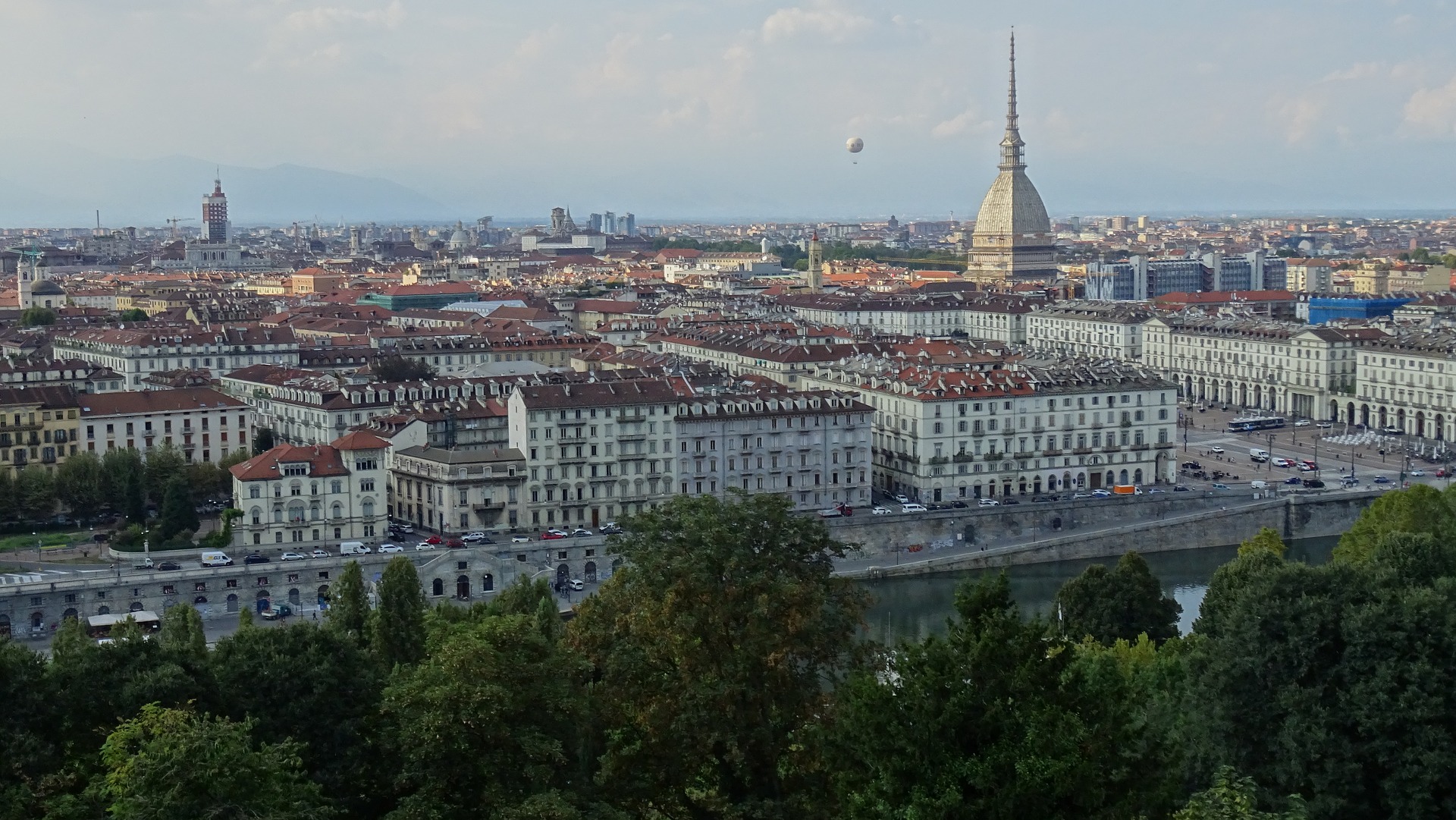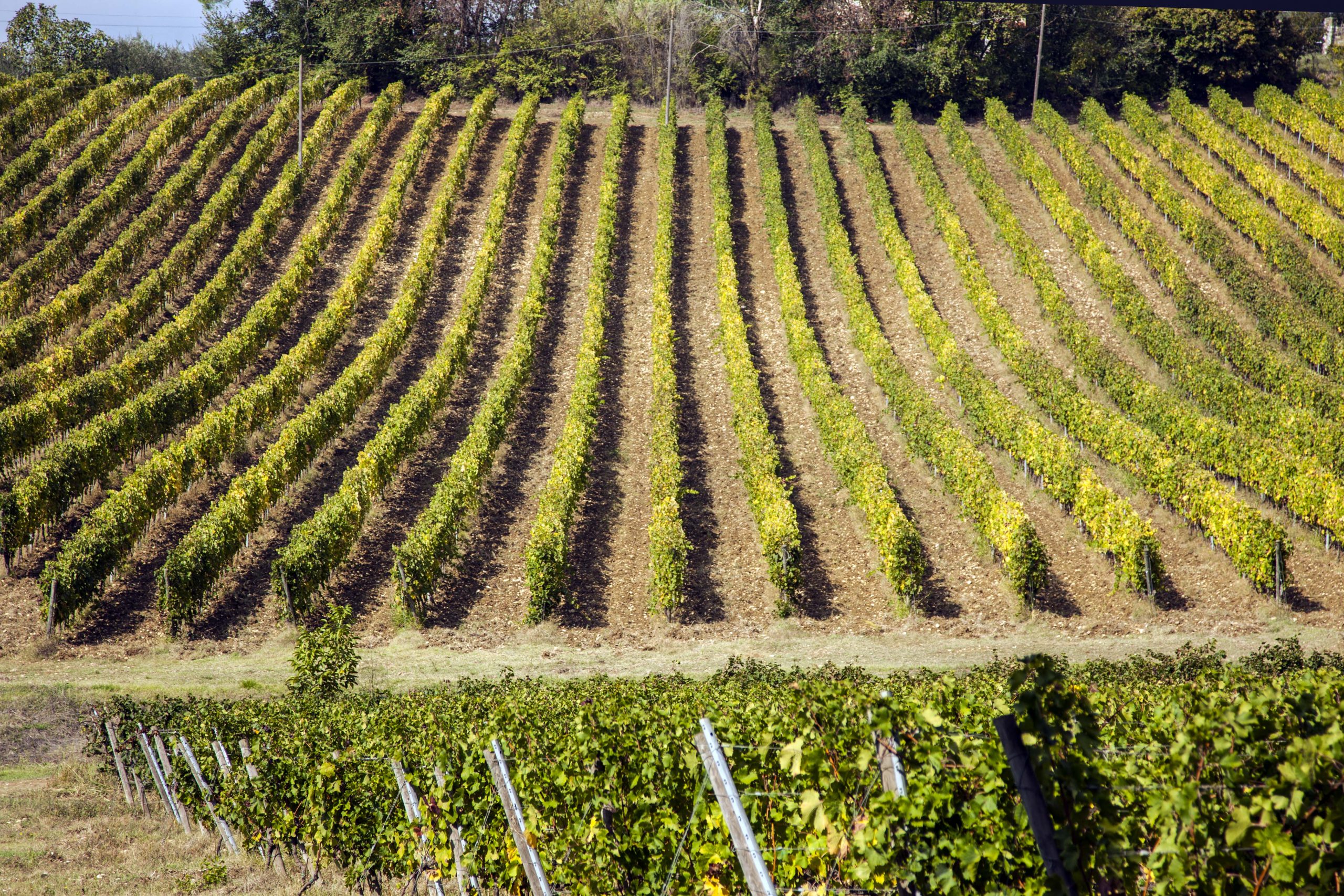Bramaterra DOC is a prestigious Italian red wine from Piedmont’s Alto Piemonte region, made primarily from Nebbiolo grapes (50–80%) blended with Croatina and Vespolina. Produced by only 19 small wineries across 31 hectares, these elegant wines age a minimum of 22 months and cost €20–35, making them an accessible introduction to premium Nebbiolo.
Table of Contents
What is Bramaterra DOC?
Bramaterra DOC is a red wine appellation in Piedmont’s Alto Piemonte region—an elegant, age-worthy expression of Nebbiolo blended with native varieties and shaped by unique local terroir. Rich in tradition yet relatively small in production, Bramaterra offers a distinct alternative to more famous Piedmont reds like Barolo or Gattinara.
History and Origins: Behind Bramaterra’s “Wine of the Canons”
Named after a quartz-rich hill in northern Piedmont, Bramaterra has long been revered among local clergy—historically dubbed the “wine of the canons” for its popularity with the ecclesiastical elite of Vercelli. Though wine production in the area dates back centuries, the appellation achieved official DOC classification in 1979, with regulatory refinements introduced in 2010 and 2011.
Where It’s Made – Alto Piemonte Terroir: Where Quartz Meets Nebbiolo
The Bramaterra DOC spans seven municipalities: Masserano, Brusnengo, Curino, Roasio, Villa del Bosco, Sostegno, and Lozzolo. Vineyards sit between 200–600 meters, carved into steep hillsides with volcanic porphyry soils rich in quartz. This unique terrain contributes pronounced minerality, acidity, and structure to the wines. The climate is continental, with Alpine influences offering cool nights and long ripening seasons—ideal for Nebbiolo.
Understanding the Bramaterra Grape Blend
Bramaterra DOC wines must include:
- Nebbiolo (“Spanna”): 50–80%
- Croatina: Up to 30%
- Vespolina and/or Uva Rara: Up to 20% combined
Some artisanal producers experiment with 100% Nebbiolo bottlings, though these fall outside DOC rules. This blend structure sets Bramaterra apart from its Barolo cousin, offering a fresh, rustic, and earth-driven style.
Key Facts at a Glance
| Feature | Bramaterra DOC |
|---|---|
| Region | Alto Piemonte, Piedmont (Biella & Vercelli) |
| Vineyards | ~31 ha across 7 communes |
| Elevation | 200–600 m |
| Blend (%) | Nebbiolo 50–80, Croatina ≤30, Vespolina/Uva Rara ≤20 |
| Aging Minimum | 22 months (standard), 34 months (Riserva) |
| Alcohol | ≥ 12% |
| Production | Very limited, traditional producers |
DOC Regulations and Traditional Winemaking
To carry the Bramaterra DOC label, wines must meet stringent standards:
- Alcohol: Minimum 12% ABV
- Aging:
- Standard: Minimum 22 months (18 in wood, 6 in bottle)
- Riserva: Minimum 34 months (24 in wood, 6 in bottle)
- Yields: Capped around 52.5 hl/ha
Traditional winemaking dominates the region, with extended maceration and aging in large Slavonian oak casks. The goal? Transparency of terroir.
Bramaterra Tasting Notes and Aging Potential
Bramaterra wines are typically garnet with orange hues, evolving over time into complex aromatics of dried rose, cherry, herbs, and minerals. On the palate, expect full-bodied elegance with silky tannins, balanced acidity, and a lingering bitterness—the “amara nota.”
- Youthful: Vivid red fruit, firm tannins, mineral spine
- Aged: Dried cherry, earthy truffle, forest floor, spice
- Aging Potential: 8–12 years (Riserva: 15+ years)
[Tasting notes based on 12 producers sampled by Drink Italian, 2025]
Perfect Food Pairings for Bramaterra DOC
Serve at 16–18°C to enjoy its full aromatic expression. Bramaterra pairs beautifully with:
- Game meats: Venison, boar, duck
- Braised beef or lamb
- Aged cheeses: Castelmagno, Pecorino
- Traditional Piedmontese dishes: Bagna cauda, risotto al Barolo
Top Producers of Bramaterra DOC Wine
Bramaterra remains artisanal in scale. Notable producers include:
- Colombera & Garella
- Antoniotti
- Tenute Sella
Expect retail prices from €20 to €35, with Riserva bottlings slightly higher. Look to specialty wine shops, Italian importers, or direct winery purchases when visiting the region.
Bramaterra vs. Barolo: What’s the Difference?
| Feature | Bramaterra DOC | Barolo DOCG |
| Region | Alto Piemonte | Langhe, Southern Piemonte |
| Grape Blend | Nebbiolo + local varieties | 100% Nebbiolo |
| Aging Requirements | 22-34 months | 38-62 months |
| Style | Lean, mineral, rustic | Bold, tannic, polished |
| Price Range | €20–35 | €40–100+ |
Best Bramaterra Producers to Try
- Colombera & Garella – A modern flagship, expressive yet terroir-driven.
- Antoniotti – Old-school techniques, elegant age-worthy bottlings.
- Tenute Sella – Historic producer with balanced, floral style.
Bramaterra Vintage Guide
- 2019 – Elegant and fresh, showing balance
- 2018 – Structured and complex
- 2016 – Outstanding aging potential
- 2014 – Cool vintage, lighter-bodied but aromatic
Investment Potential
Due to low production and increasing recognition, Bramaterra is gaining traction among collectors seeking age-worthy, under-the-radar Nebbiolo wines. Cellar-worthy vintages may appreciate in value as Alto Piemonte earns greater acclaim.
Italian Traditions: Serving & Rituals
Traditionally served in tulip-shaped stemware, Bramaterra is often opened a few hours in advance or decanted to allow its aromas to unfold. In Alto Piemonte homes, it’s a wine for Sunday roasts, weddings, and family feasts—a quiet signifier of cultural pride.
FAQ on Bramaterra DOC
What does Bramaterra wine taste like?
Structured and earthy, with red fruit, minerality, and a lingering bitter finish.
Where can I buy Bramaterra DOC?
Specialty wine shops, direct from wineries, or online importers.
How is Bramaterra different from Barolo?
It includes other native grapes, is more mineral and lean, and comes from northern Piedmont.
Is Bramaterra a good value?
Absolutely. It offers Nebbiolo quality and ageability at a fraction of Barolo’s price.
Fun Facts & Cultural Notes
- Historically called “vino dei canonici” (wine of the canons) due to ecclesiastical interest in its homeland vineyards near Vercelli
- Only 31 hectares in production—smaller than some Barolo crus
- Consider it an accessible introduction to Nebbiolo—often nicknamed “intro to Nebbiolo”—offering complexity without the price tag or aging demand of icons like Barolo
- Enthusiasts in Alto Piemonte treasure Bramaterra for its authenticity: tiny vineyards, close-knit families, and an emphasis on terroir heritage over scale. Rare to find outside Italy, making it a hidden gem for collectors
- Its unique soil shares traits with the Alps more than the Langhe
Ready to explore more hidden Italian wine gems? Subscribe to our weekly newsletter for expert tastings, producer stories, and exclusive wine discoveries from across Italy.
Have fun to learn more about Italian Wines and Spirits! Explore also the non-alcoholic beverages 😉
Send us an email if you want to suggest edits, or if you are looking for more info, at
cheers@drinkitalian.com
If you are in the mood for a good book, you can try:
– The Modern History of Italian Wine by Walter Filipputti
– Hidden Gems of Italy: An Insider’s Secret Formula To Find Top-Class Italian Wines At Value Prices And Taste La Dolce Vita by Tony Margiotta
Additionally, you can discover the other wines from Piedmont.


